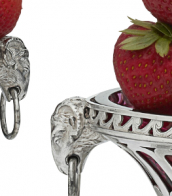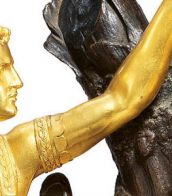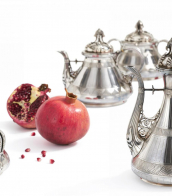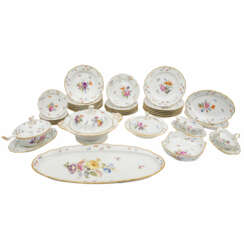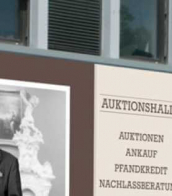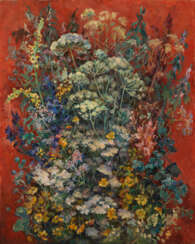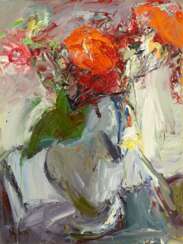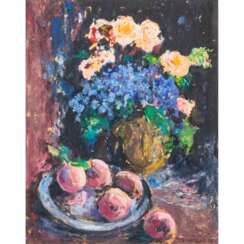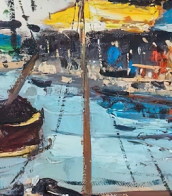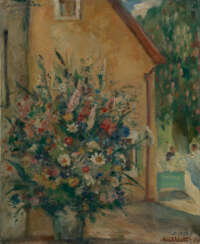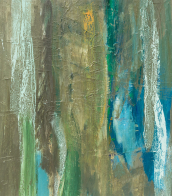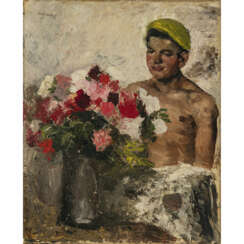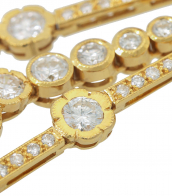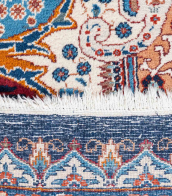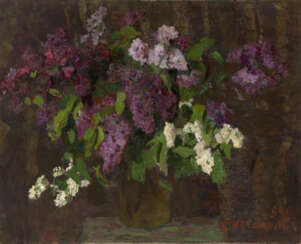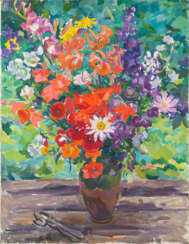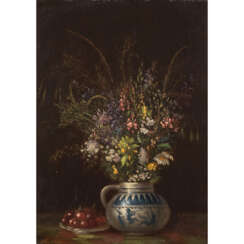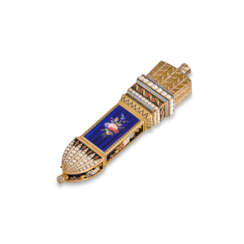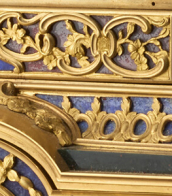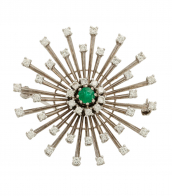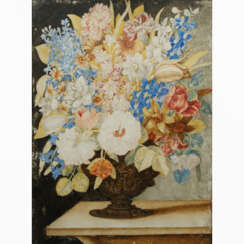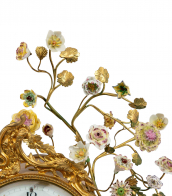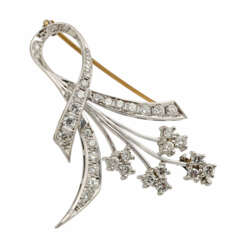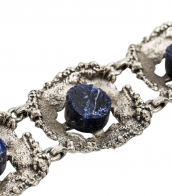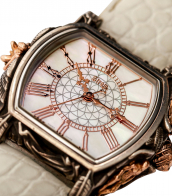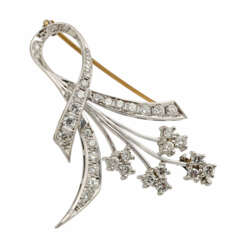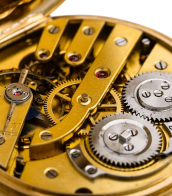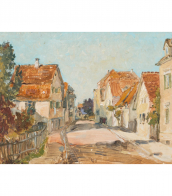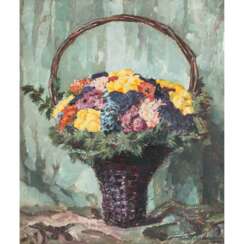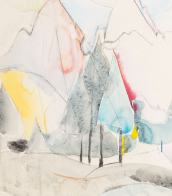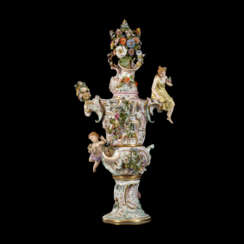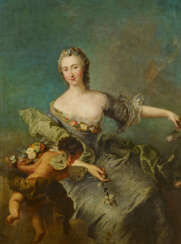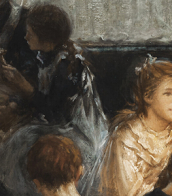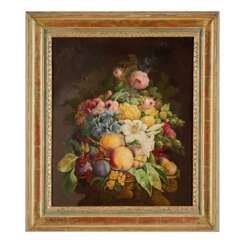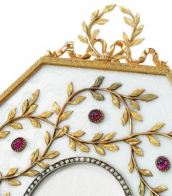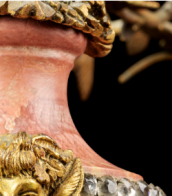bouquet of flowers
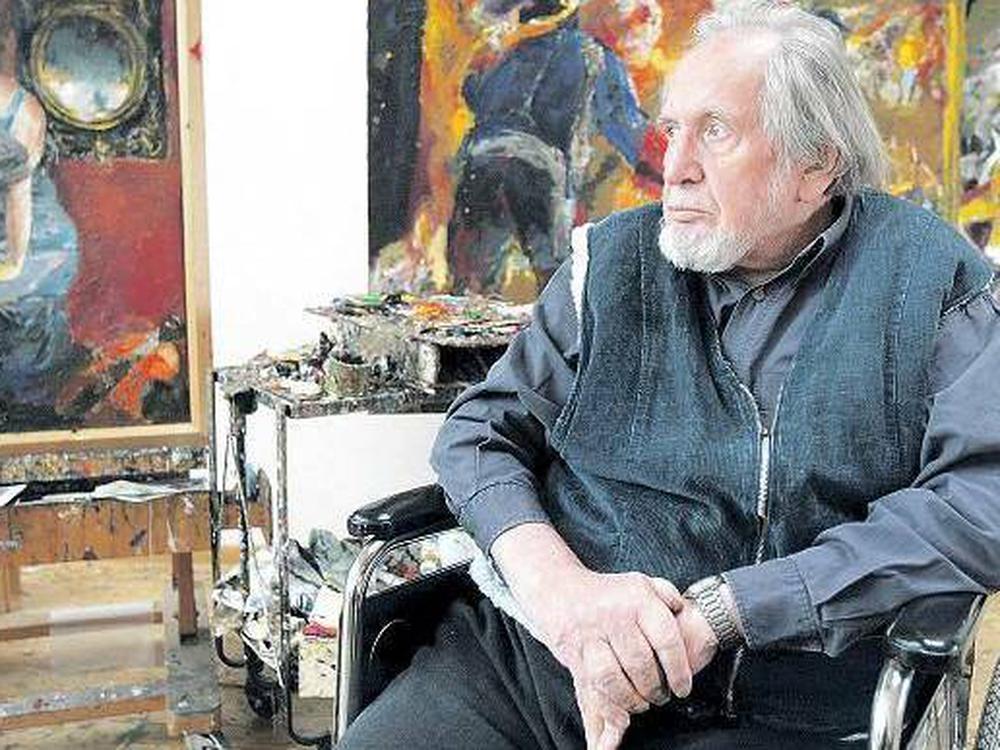
Bernhard Heisig was a German painter of the postwar Leipzig school and one of the greatest artists of the GDR.
From 1942 to 1945 he participated in World War II as a volunteer in the 12th SS Armored Division "Hitler Youth", was seriously wounded, was in a Soviet prison camp and was released in Breslau as an invalid.
All these difficult events were reflected in Heisig's work. His unrelenting preoccupation with war made his work as manic as it was monolithic. Anger was what kept him working.


Nikolai Dmitrievich Milioti (Russian: Николай Дмитриевич Милиоти) was a distinguished Russian painter, graphic artist, and stage designer, celebrated for his contribution to the Symbolist movement and his association with the 'Blue Rose' artist group. Born in 1874, Milioti's academic journey took him through prestigious institutions like the Moscow University and the Sorbonne. He honed his skills under the tutelage of notable figures such as Abram Arkhipov, Leonid Pasternak, and Valentin Serov at the Moscow School of Painting, Sculpture and Architecture, alongside private studies under Konstantin Korovin and in Paris at the Académie Julian with Jean-Paul Laurens and Jean-Joseph Benjamin-Constant.
Milioti's artistic vision was deeply intertwined with Symbolism, often exploring mythological themes, portraits, and still lifes. His works are known for their decorative elegance and emotional depth, embodying a unique blend of Symbolism with hints of Fauvism and primitivism. This blend was inspired by the mystical and emotive qualities seen in the works of Mikhail Vrubel and others, setting a distinct tone that captured the essence of the Symbolist quest for aesthetic perfection and deep psychological exploration.
His career saw significant recognition in Europe, where he became a member of the Salon d'Automne in Paris from 1906 and exhibited his works across the continent. Milioti's art was not just limited to canvases; he also made notable contributions to the stage, bringing his symbolic and fauvist vision to theatrical design. The legacy of his works, characterized by their dream-like quality and rich symbolism, continues to inspire and captivate art lovers and collectors worldwide.
For those intrigued by the works of Nikolai Dmitrievich Milioti and the Symbolist movement, staying updated on exhibitions and sales of his works is essential. Collectors and experts in art and antiques can sign up for updates to receive notifications about new product sales and auction events related to Milioti, ensuring they never miss an opportunity to own a piece of this mesmerizing artist's legacy.
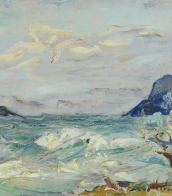

Paul Mathias Padua was a German painter. He felt committed to the tradition of Wilhelm Leibl, a realist who was highly esteemed by Adolf Hitler, and was extremely successful as an artist during the National Socialist era.
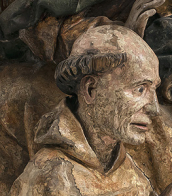
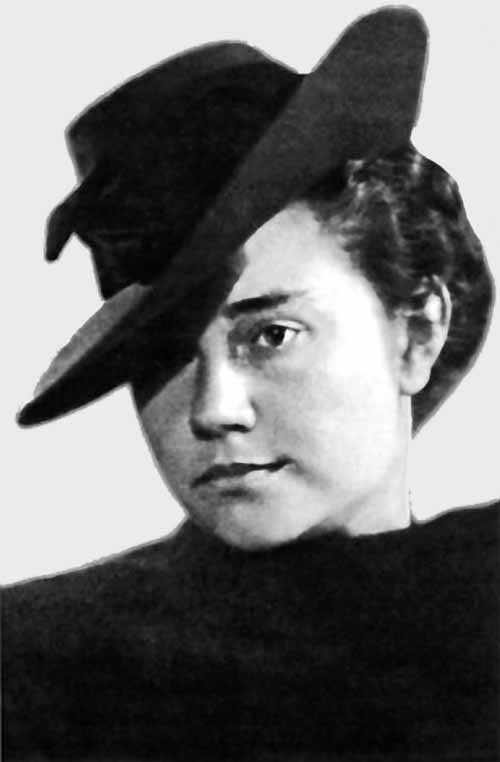
Evgenia Petrovna Antipova (Russian: Евгения Петровна Антипова) was a notable Russian painter, graphic artist, and art teacher. She stood out for her genre compositions, portraits, landscapes, and still lifes, primarily utilizing oils and watercolors. Evgenia Antipova's works often depicted apple orchards and Crimean landscapes, showcasing her profound connection to nature and her ability to capture its essence.
Evgenia Antipova's education at the prestigious Repin Institute of Arts shaped her artistic journey, leading to a career enriched with personal exhibitions and a significant presence in the art community. Not only did her artworks gain recognition in Russia, but they also found their way into international collections and exhibitions, notably in France, Germany, the United States, and the United Kingdom.
Throughout her career,Evgenia Antipova was an active participant in various significant exhibitions, displaying her works alongside other renowned artists. Her contributions to the art world were recognized with personal exhibitions in Saint Petersburg and inclusion in art auctions and exhibitions abroad.
Evgenia Antipova's paintings are part of prestigious collections, including the State Russian Museum, and continue to be celebrated in art museums and private collections globally. Her legacy as a prominent figure in the Leningrad School of painting endures, captivating art enthusiasts and collectors with her vivid and emotionally resonant works.
For those interested in Russian art, particularly the Leningrad School of painting, Evgenia Petrovna Antipova's oeuvre offers a rich exploration of genre compositions and landscapes, reflecting the artistic vibrancy of her era. Collectors and art experts are encouraged to delve into her works and consider signing up for updates on exhibitions and sales featuring her paintings.
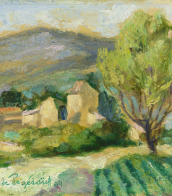
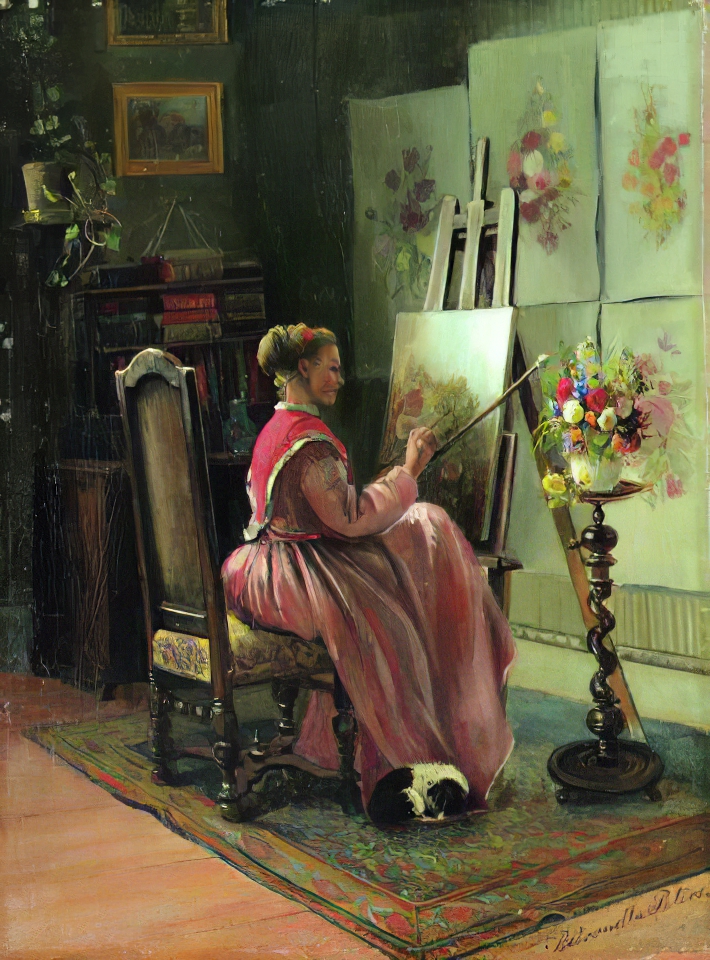
Anna Peters (German: Anna Peters) was a German artist. She was best known for her floral still lifes and landscape paintings, which were highly regarded during her lifetime.
Peters' style was strongly influenced by the Romantic movement, which emphasised the emotional and spiritual aspects of nature. She was particularly adept at conveying the atmospheric effects of light and weather in her paintings. Her landscapes often feature dramatic cloud formations, misty valleys and luminous skies.
In the late 1890s Anna Peters developed a more impressionistic style of painting.
Peters' work was widely exhibited during her lifetime, both in Germany and abroad. She was a member of several renowned art associations, including the Berlin and Munich Secession. Her paintings can be found in many public and private collections, including the National Gallery in Berlin and the Bildenkünste Museum in Leipzig. Today, Anna Peters is regarded as one of the leading landscape painters of her generation in Germany.

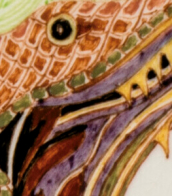
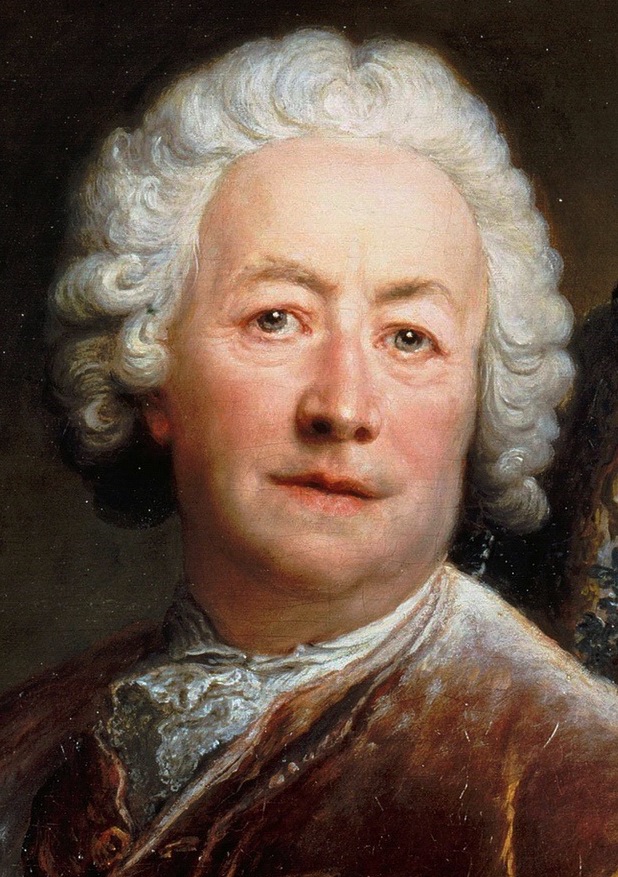
Antoine Pesne was a French and German painter of the first half of the 18th century. He is known as a painter, portraitist and is considered one of the most important representatives of the Friderician Rococo.
Pesne was court painter to three Prussian kings and director of the Prussian Academy of Arts and Mechanical Sciences. Beginning in the Baroque style, he later became one of the fathers of Rococo painting, combining the French school with this style. His decorative works, including mythological and allegorical scenes, adorned buildings in Rheinsberg, Berlin, and Potsdam. Pesne contributed to the spread of French influence on art in the capitals of Europe.


